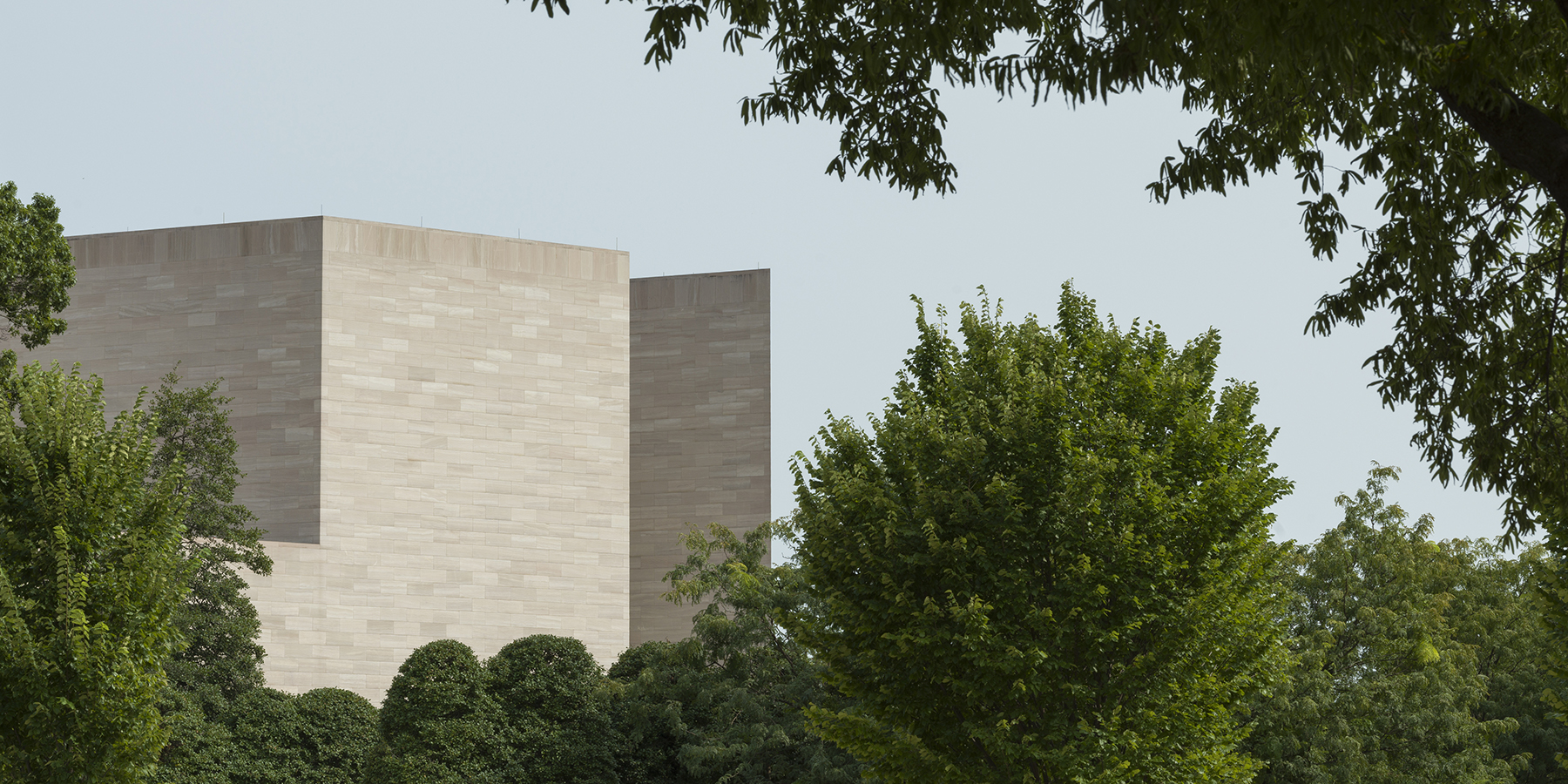Lowery Stokes Sims
The Emergence of a New Black Art Canon

Delita Martin, Trinity, 2019, acrylic, charcoal, decorative papers, hand stitching, liquid gold leaf, and relief printing. Courtesy the Artist
Since spring 2021, I have been tracking the proliferation of Black artists working figuratively in the global art market. To date, my identification of over 500 artists from 44 countries demonstrates a rich variety of stylistic modes of figuration, drawing on various modernist and contemporary attitudes, styles, and techniques. Sebastian Smee, art critic at the Washington Post, described this as a “phenomenon,” occurring in the period 2010–2020 called “unprecedented times” by the newsletter of the 1-54 art fair.
Indeed the 1-54 art fair, with its venues in London, Marrakech, and New York, is a prime movement of this “phenomenon,” as well as stalwarts such as the June Kelly Gallery, New York; Gallery Myrtis, Baltimore; and Jenkins Johnson Gallery, San Francisco and New York; as well as emerging galleries such as Ross-Sutton Gallery, Nicola Vassell, Long Gallery in Harlem, and Calabar Gallery, all in New York; Mariane Ibrahim, Chicago and Paris; as well as outposts of galleries such as David Zwirner that specialize in the presentation of Black artists. These are but a few of the galleries promoting this work—as far flung as Hong Kong, Cape Town, Kampala, Athens, Barcelona, and Stockholm.
There are also websites, including: African Space Art Project, the internet vehicle for African Artists for Development; Africanah.org, an arena for contemporary African, African American, and Caribbean artists; and the marketing arms of Artsy and Artnet. The impact of an increasingly diverse roster of curatorial staff in museum and gallery personnel is not incidental.
Several questions come up in this investigation: Where did these artists study and with whom? What residencies have they participated in? Which galleries show their work? What can be revealed by a cross-cultural comparison of their careers? How can we factor in the influence of predecessors such as Frederick Brown (1945–2012), Robert Colescott (1925–2009), Barkley Leonnard Hendricks (1945–2017), Kerry James Marshall (b. 1955), Mickalene Thomas (b. 1971), and Kara Walker (b. 1969) in the United States; Chris Ofili (b. 1968) and Lubaina Himid (b. 1954) in Great Britain; Manuel Mendive (b. 1944) and Belkis Ayón (1967–1999) in Cuba; and Chéri Samba (b. 1956) in the Democratic Republic of the Congo? I am working on answering these questions with the collaboration of Lauren Taylor and Hilary Whitham Sánchez, postdoctoral research associates at the Center.
As I progress in my research, I have discovered that the motives of Black artists depicting Black bodies are being interrogated. Images they create are being subjected to debates over intentionality and context, even by artists themselves:
- Who has the right to represent the Black body?
- How do these images connect to the historical narratives of the communities they represent?
- Can images of the Black body be appropriated and used by individuals outside those communities?
- When are these appropriations expressions of artistic freedom? And when is it censorship to call for removing images that a community or an individual finds disturbing?
- Is the collecting of Black bodies in a hypercharged art market exploitative and/or racially nuanced?
As this project progresses, new modalities for these artists emerge. In September 2021, ArtDaily reported on the first auction of an NFT by the Nigerian artist Osinachi (b. 1991). Afro-Futurism has seen a remarkable surge of interest this year; it was the theme of the Forum Program at the Armory Show in September 2021 after being the subject of an extended analysis in The Art Newspaper. Paintings by the Ghana-born/USA-based artist Amoako Boafo (b. 1984) were inserted on the nose of a rocket launched by Jeff Bezos’s Blue Origin, and the Metropolitan Museum of Art inaugurated an Afro-Futurist period room, curated in association with Hannah Beachler (b. 1970), production designer on Marvel’s acclaimed film Black Panther.
In the end, this research may well discern the articulation of a new Black canon, its parameters outlined in the intentions of the artists, which range from dealing with the dichotomy of watching and being watched, examining differing cultural perceptions of Blackness, capturing intimate scenes of domestic life, and finding a way forward through a fusion of “Western” and African-based modalities.
Museum of Arts and Design (emerita)
Kress-Beinecke Professor, 2021–2022
Lowery Stokes Sims will be working to make the statistical analysis of her research available to the field. She will also be curating a retrospective of Oletha DeVane at the Center for Art, Design and Visual Culture at the University of Maryland, Baltimore County, as well as continuing her commitment to mentoring younger colleagues in the field.
